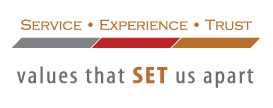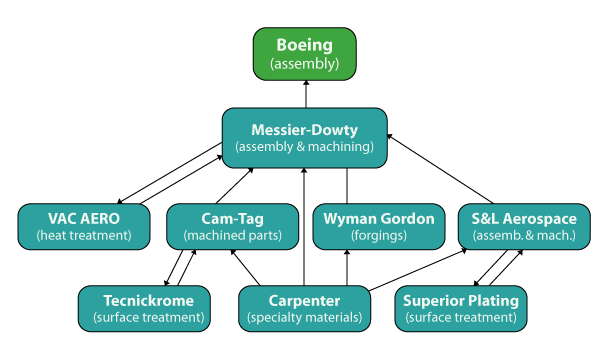HVOF stands for high velocity oxygen fuelled and is a type of thermal spray process used to apply very dense coatings in a wide variety of materials. Coatings applied by HVOF usually have better mechanical properties than those applied by air plasma spray. The HVOF process is now widely used to apply WC-Co coatings as […]
How long should a vacuum furnace hot zone last?
Hot zone life depends on several factors including type of construction, type of use (ie. heat treating versus brazing), cleanliness of the load being processed and maintenance. In general heat treating applications, a properly maintained hot zone should last 5 to 7 years. Once worn out, it can sometimes be rebuilt rather than replaced. VAC […]
What are the advantages of the Dayton Process compared to other fluoride ion cleaning processes?
There are many. The Dayton Process BV is the only FIC process that uses Teflon as a source of the fluoride ion. This is much safer to handle than the gaseous hydrogen fluoride used in other systems. Gaseous systems must usually be installed in enclosed rooms to minimize the risk of an HF leak and […]
VAC AERO Participates in a Study About Building Lean Supply Chains
Building a Lean Supply Chain: Lean shouldn’t stop with your company; to be truly lean, you must reach beyond your shop floor.
Companies of all sizes, shapes, and descriptions are attempting to implement lean manufacturing. As a company becomes lean, however, it inevitably runs into constraints imposed by its suppliers and customers, the adjacent nodes of the supply chain in which it operates. The logical next step to becoming lean internally is to try to spread the lean philosophy outward to those immediate trading partners. Sometimes doing so can bring significant improvements, especially when a large company is influencing one or more of its smaller suppliers. At other times it doesn’t work so well, such as when a small machine shop attempts to influence a much larger raw-material supplier.
Is running a hydrogen partial pressure in my vacuum furnace unsafe?
Hydrogen partial pressures are recommended when processing some alloys (like copper) and vacuum brazing with some filler metals (ie. silver or copper). A hydrogen partial pressure also improves the cleaning action during a vacuum furnace bake-out cycle. When properly design and constructed, a hydrogen partial pressure system is perfectly safe. The VAC AERO hydrogen partial […]
Can brazing be performed in a vacuum furnace with graphite felt insulation?
VAC AERO offers both all-metal and graphite-based insulation packages in our vacuum furnace hot zones. Some furnace manufacturers and heat treaters will tell you that vacuum brazing can only be performed in furnaces with all-metal hot zones. VAC AERO has proven this to be entirely false. For more than 10 years, our own heat treating […]
How do I choose a gas quench pressure rating for my vacuum furnace?
The cooling performance required by a vacuum furnace is dictated by the type of alloy to be hardened. Most air hardening tool steels such as the A and D series can be hardened by gas quenching at pressures of 2 bar or less. Furnaces with gas quench pressure ratings of 6 bar and higher can […]

